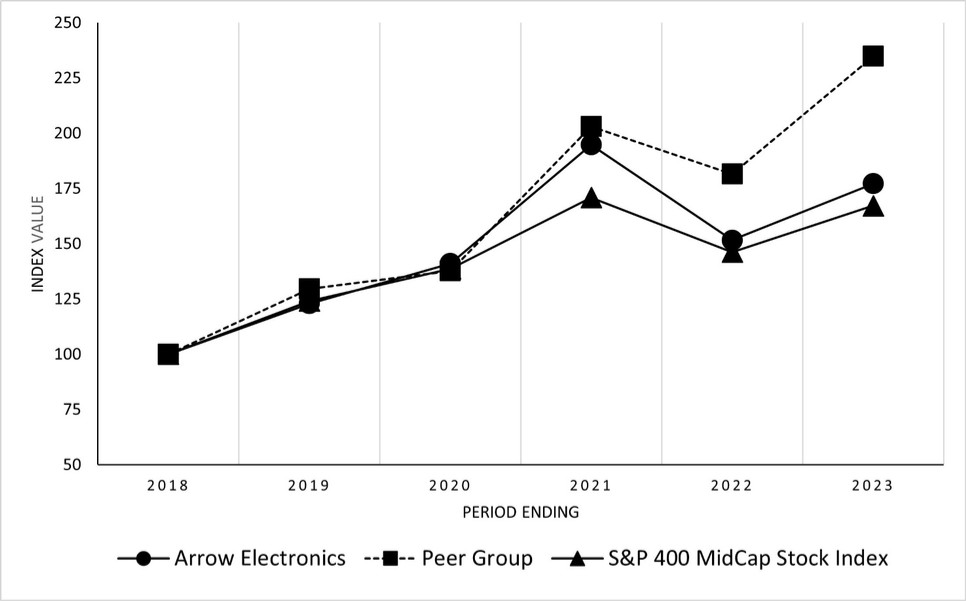The company’s sales are also partially dependent on continued innovations in components and electronic computing solutions by its suppliers, the competitiveness of its suppliers’ offerings, and the company’s ability to partner with new and emerging technology providers. See also “The competitive pressures the company faces, such as pricing and margin reductions, could have a material adverse effect on the company’s business”.
Operational Risks
The company’s success depends upon its ability to attract, retain, motivate, and develop key executive and employee talent and the strategies they develop and implement.
Any failure to attract, retain, motivate, and develop key executive and employee talent may materially and adversely affect the company’s business. The company’s success depends, to a significant extent, on the capability, expertise, and continued services of its key executives. The company relies on the expertise and experience of certain key executives in developing business strategies, managing business operations, and cultivating new and maintaining existing relationships with customers and suppliers. If the company were to lose any of its key executives, it may not be able to find a suitable replacement with comparable knowledge and experience in a timely manner, or if at all, at a similar level of remuneration and other benefits. Restrictions on immigration or changes in immigration laws could limit the company’s access to qualified and skilled professionals, increase the cost of doing business, or otherwise disrupt operations.
Additionally, management transitions, such as the company's transition to a new president of the global components business in 2023, may create uncertainty, divert resources and management attention, or impact public or market perception, any of which could negatively impact the company's ability to operate effectively or execute its strategies and result in an adverse impact on its business. Further, new executives may have different backgrounds, experiences, and perspectives from those individuals who previously served in these roles and thus may have different views on the issues that will determine the company’s future, potentially resulting in employee, customer, and supplier uncertainty.
The company relies heavily on its internal information systems, which, if not properly functioning, could materially adversely affect the company’s business.
The company’s current global operations reside on multiple technology platforms. The size and complexity of the company’s computer systems make them potentially vulnerable to breakdown, malicious intrusion, and ransom attack. Failure to properly or adequately address any unaccounted for or unforeseen issues could impact the company’s ability to perform necessary business operations, which could materially adversely affect the company’s business.
Cybersecurity and Privacy Risk
Cybersecurity incidents as well as ransomware may hurt the company’s business, damage its reputation, increase its costs, and cause losses.
The company’s information technology systems could be subject to significant cyber security and privacy incidents, including, but not limited to, invasion, inducement (fraudulent or otherwise) by third parties to obtain information from employees, customers, or suppliers; cyber-attacks; ransom demands; or cybersecurity breaches caused by third parties as well as employees and others with authorized access.
Any such incident, whether successful or unsuccessful, could result in, without limitation, disruption to the company’s operations; loss or compromise of, or damage to, the company’s or any of its customers’ or suppliers’ data, confidential information; significant legal, regulatory, and financial exposure; damage to the company’s reputation; significant costs related to rebuilding internal systems, managing company brand and reputation, litigation, damages, responding to regulatory inquiries, and taking other remedial steps; loss of competitive advantage; and a loss of confidence in the security of the company’s information technology systems. In each case, that could potentially have an adverse impact on the company’s business, including by impairing the company’s ability to sell its products and services. Because the techniques used to cause these incidents and gain unauthorized access to, disable, or sabotage the company’s information technology systems and data stored on those systems change frequently and often are not recognized until launched, the company may
